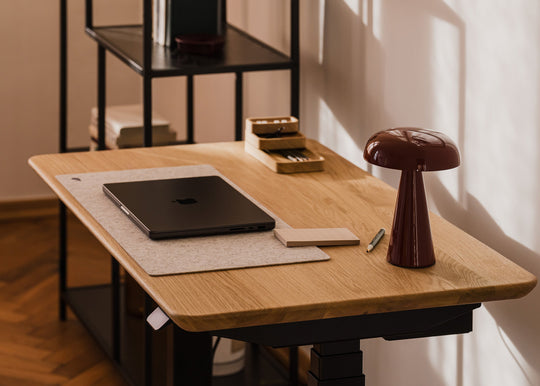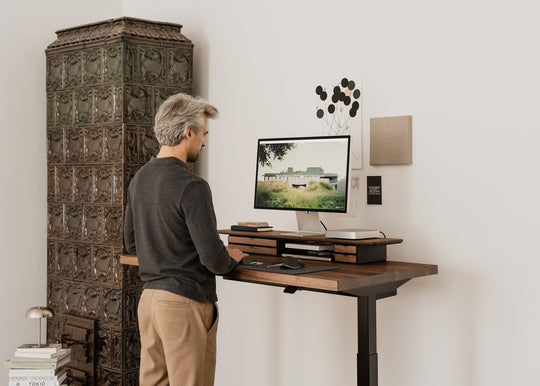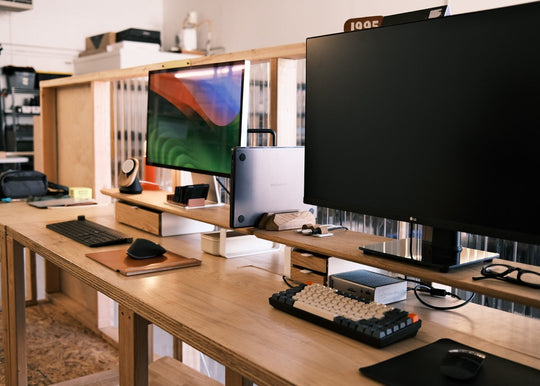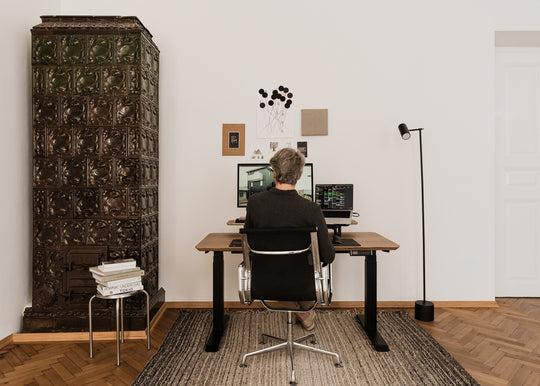
Home Office: Productivity, Organization, and Work-life Balance
Whether you're self-employed or telecommuting for a company, working from home can be a dream come true. On the other hand, it's not as simple as closing your office door and getting down to business. There are a few key things to keep in mind if you want to create an effective and productive home office space.
1. Benefits of having a home office
Working from home can be a great way to get ahead on projects and enjoy a more flexible schedule but to achieve peak productivity, you need a designated workspace. A laptop and a kitchen table just won’t do. It can be a small corner in your living room or even bedroom if you don’t have a spare room to turn into a private office.
This will give you a bunch of advantages such as:
- less trouble associated with the daily commute,
- no need to waste time in traffic,
- fewer distractions than you have to face at the office,
- increased productivity,
- reduced stress levels,
- ability to design a workspace that fits your individual preferences.

Photo by Collov Home Design on Unsplash
2. How to set up your home office for maximum productivity?
A remote job can sometimes be isolating and overwhelming. Here are a few tips to help you make the most of working from home without feeling disconnected and burnt out.
First things first, set up a dedicated workspace in your home. This will help you to stay focused and avoid distractions. Separate work from leisure – personal and professional spheres don’t have to mix even when they happen to physically overlap.
A home office should be a relatively quiet and private place where interruptions to your workflow are reduced to a minimum. All you need is a peaceful corner, a sturdy desk, a comfortable chair, and a decent source of light. Create a routine and stick to it. Decide when you clock in and clock out – don’t take your work home.
3. Stay organized while working from home
Make sure to stick to a regular schedule as much as possible. This means setting start and end times for your workday and taking regular lunch and break times.
Keep your desk tidy and your environment stimulating. Invest in products that make your home office set up comfortable, for example, a desk shelf to maintain the right monitor height, or an organizing tray to prevent the clutter from becoming a distraction.
4. How to stay focused working remotely?
No matter how urgent your tasks are, make sure to take breaks throughout the day, even if it's just for a few minutes. Get up and stretch, take a walk around the block, or just step away from your desk to clear your head.
Variety is the spice of life. Make the most of your time working from home by introducing some excitement to your workday. A standing desk, perhaps? Adding plants to your workspace increases productivity and decreases stress while a good playlist or background noise reduces distractions and aids focus.

Photo by Good Faces on Unsplash
5. How to cope with a feeling of isolation?
Don't forget to take time for yourself outside of work. Set aside time each day to relax, exercise, or pursue a hobby. This will help you to maintain a healthy balance between work and home life. Schedule time during the week to connect with colleagues, clients, or business partners. Whether it's through video conferencing, phone calls, or email, staying in touch will help you feel less isolated and more connected to your work.
Taking care of your physical and mental health is essential for maintaining a healthy work-life balance, especially when your office is also your home.








